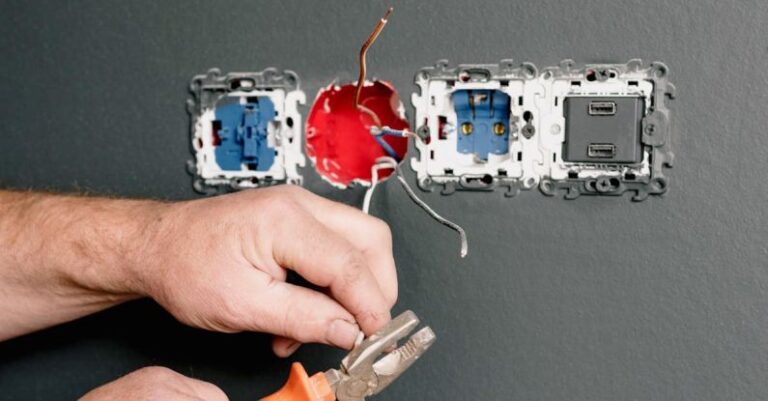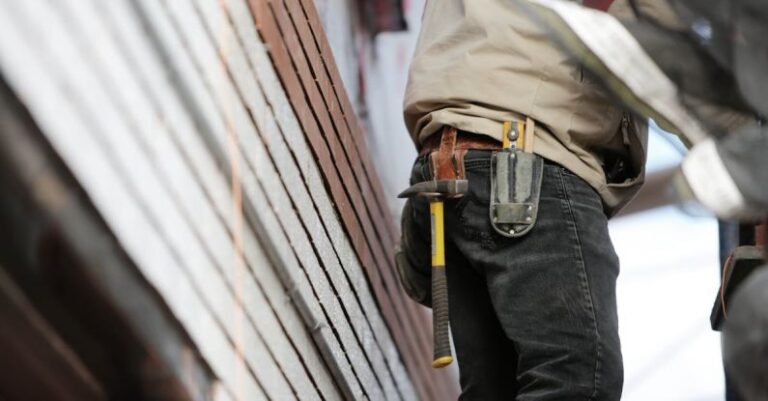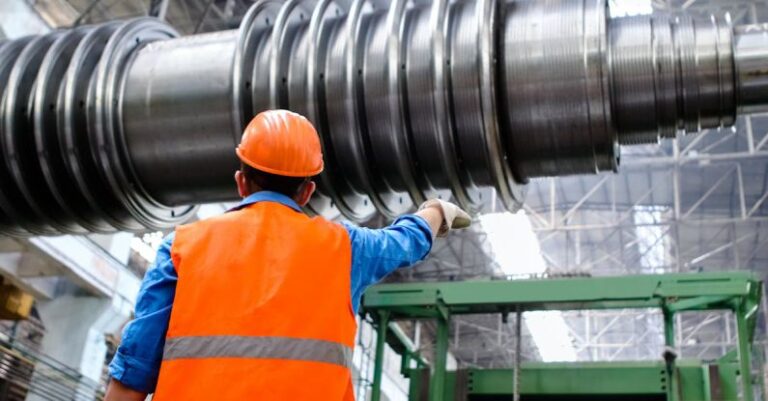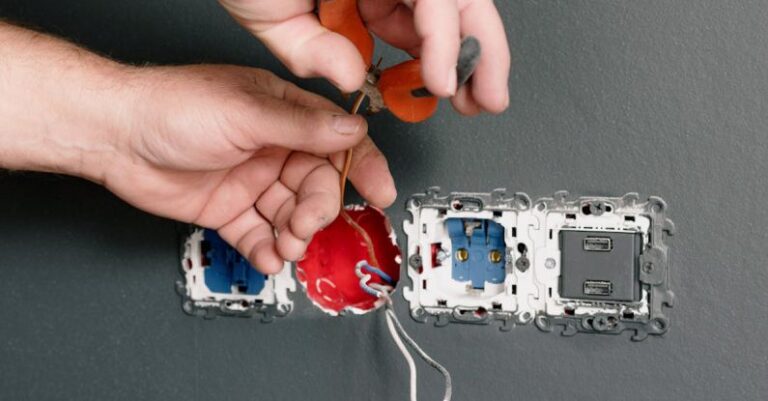
As the summer heat intensifies, the last thing you want is for your air conditioner to malfunction. Before calling a professional, there are some basic troubleshooting steps you can take to potentially resolve the issue yourself. By following these simple guidelines, you may be able to identify and fix common problems with your air conditioner, saving you time and money in the process.
Identifying the Issue
When your air conditioner is not working correctly, the first step is to identify the problem. Is it not cooling properly, making strange noises, or not turning on at all? By pinpointing the specific issue, you can narrow down the potential causes and work towards finding a solution.
Check the Thermostat
One of the most common reasons for air conditioner problems is a faulty thermostat. Start by checking the thermostat settings to ensure they are correctly configured for cooling. If the thermostat is set to the right temperature but the air conditioner is still not cooling, you may need to replace the batteries or consider recalibrating the thermostat.
Inspect the Air Filters
Clogged or dirty air filters can restrict airflow and reduce the efficiency of your air conditioner. Check the air filters regularly and replace them if they are dirty. Clean filters not only improve the air quality in your home but also help your air conditioner run more efficiently.
Clean the Condenser Unit
The condenser unit is located outside your home and is responsible for releasing heat from the refrigerant. Over time, the condenser coils can become dirty or blocked by debris, hindering the cooling process. To clean the condenser unit, turn off the power to the air conditioner, remove any debris or vegetation around the unit, and gently clean the coils with a soft brush or vacuum.
Inspect the Air Ducts
Leaky or poorly insulated air ducts can lead to inefficient cooling and higher energy bills. Check the air ducts for any visible leaks or damage and seal them with duct tape or insulation as needed. Properly sealed air ducts ensure that cool air is distributed evenly throughout your home.
Check the Circuit Breaker
If your air conditioner is not turning on, the problem may be as simple as a tripped circuit breaker. Check the circuit breaker box and reset any tripped breakers related to the air conditioner. If the breaker continues to trip, there may be an underlying electrical issue that requires professional attention.
Test the Capacitor
The capacitor is a crucial component that helps start the air conditioner’s motor. If the capacitor is faulty, the motor may have trouble starting, resulting in a malfunctioning air conditioner. Use a multimeter to test the capacitor for continuity and replace it if necessary.
Schedule Regular Maintenance
Preventative maintenance is key to keeping your air conditioner running smoothly. Consider scheduling an annual tune-up with a professional HVAC technician to inspect and clean your air conditioner, identify any potential issues, and ensure optimal performance.
In Conclusion
Taking the time to perform basic troubleshooting on your air conditioner can help you identify and resolve common issues efficiently. By following these simple steps, you can potentially save time and money on repairs while keeping your home cool and comfortable during the hot summer months. Remember, if you encounter a problem that you cannot fix on your own, it is always best to seek the assistance of a qualified HVAC technician.





